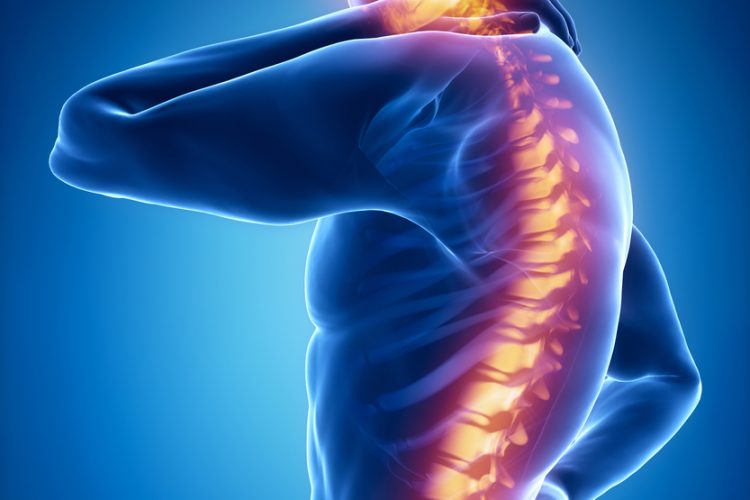‘Zombie cells’ may hold answer to spinal cord injury recovery
Posted: 7 July 2021 | Anna Begley (Drug Target Review) | No comments yet
Portuguese researchers propose targeting senescent cells in zebrafish and mammals could lead to developments in human spinal cord injury repair.


A research team in Portugal have been studying ‘zombie cells’ in zebrafish with spinal cord injury and mammals that show poor recovery, showing that the administration of drugs to these specific cells can improve functional recovery after injury. According to the team, these findings set the basis for treating not only spinal cord injuries but potentially other organs that lack regenerative capabilities.
The study took place at the Instituto de Medicina Molecular Joao Lobo Antunes (iMM) with collaboration from researchers at CEDOC NOVA Medical School and was led by Leonor Saude. Saude and her team looked specifically at the dense scar that forms at lesion sites upon spinal cord injury. In mammals, the researchers observed that cells start to accumulate at the lesion periphery.
“These cells are known as senescent cells,” Saude explained. “They have specific features and markers and are what we call ‘zombie cells’, where growth and division is interrupted, but where the normal cell death programme is not activated.”
“While in zebrafish, the accumulation of these cells at the injury periphery is cleared out over time, in mammals, these cells persist and are important components of the dense scar observed. Because senescent have specific molecular markers, there are specific drugs that could be tested in this context,” added Diogo Paramos-de-Carvalho, first author of the study.
Isaura Martins, also first author of the study, further stated: “With the administration of different senolytic drugs that specifically target these senescent cells, we have observed a progressive decrease of these cells, a decrease in the scar extension and lower levels of inflammation due to a decreased secretion of pro-fibrotic and pro-inflammatory factors. The observed changes at the molecular level underlie the improved locomotor, sensory and bladder functions that we have also found.”
“Although we are still far from healing spinal cord injuries in humans, we are learning more about the molecular signatures of these lesions and these new promising results can open up new therapeutic strategies that could be applied not only to spinal cord injuries but in other conditions that lack regenerative competence,” said Saude.
The study was published in Cell Reports.
Related topics
Cell Regeneration, Molecular Targets, Regenerative Medicine
Related conditions
Spinal cord injuries
Related organisations
CEDOC NOVA Medical School, Instituto de Medicina Molecular Joao Lobo Antunes
Related people
Diogo Paramos-de-Carvalho, Leonor Saude







